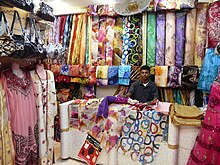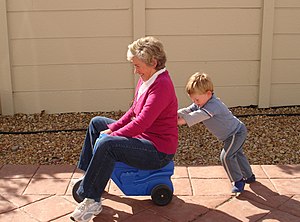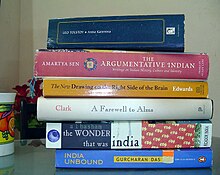Elephant Appreciation Day
Elephants are the largest land animals. There are Asian (or Indian) and African elephants – the two look slightly different. Can you find the differences? Younger children may enjoy reading books with elephants in the story such as the classic “Babar” series by Jean de Brunhoff or“But No Elephants” by Jerry Smath. Older children (ages 6 and older) would be interested in facts about elephants and learning about conservation of the endangered Indian elephant. Find out how the circus is trying to help at http://www.ringling.com/cec/.
Finish off the day with Elephant Ears, a sweet pastry available at many bakeries. If you like to bake you can try these at home. It would be safest for children to not participate in the deep frying, but they would enjoy mixing the ingredients and kneading the dough.
Elephant-Ear Cookies
- 3 egg yolks
- 1 egg white
- 1/4 cup water
- 1/2 cup milk
- 1/2 teaspoon cardamom
- About 3 cups sifted flour
- Shortening or vegetable oil for deep-frying
Beat egg yolks and white and combine with water, milk and, cardamom. Gradually stir in enough flour to make a soft dough, turn dough out on a lightly floured board, and knead until firm, smooth, and glossy. Cover and let stand for 2 hours. Divide into balls the size of small walnuts. Then with a rolling pin roll each ball out as thin as possible, 3 inches in diameter and cut into rounds. With the fingers gather one side of the round and press dough together into a tiny handle 1/3 inch in length and thickness. The remainder of the circle should flare out like an elephant’s ear. Place the cookies on a cookie sheet and keep them covered with a towel to prevent them from drying. When all the dough is ready, heat oil, to a depth of about 1 inch in a shallow frying pan to 375 degrees. Fry the cookies a few at a time in the hot oil for about 30 seconds on one side, then turn and fry the other. They should not be allowed to brown much. Remove and drain on absorbent paper. While still warm, sprinkle generously with confectioners’ sugar. Store in a tightly closed container in a dry place.







